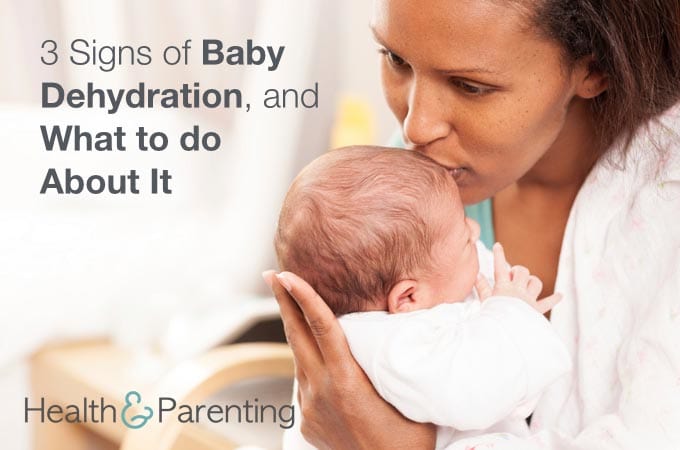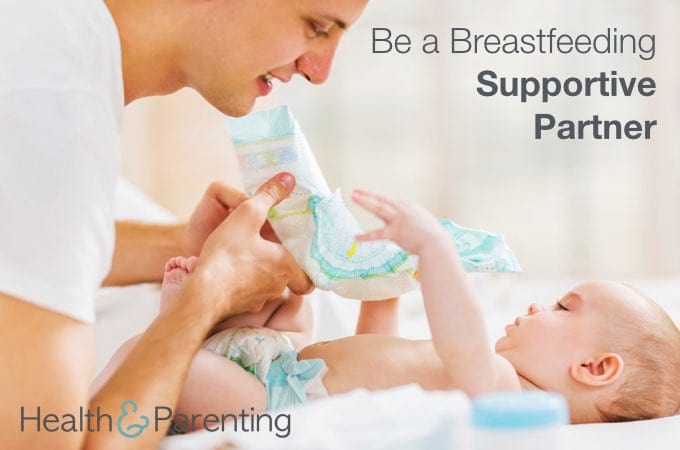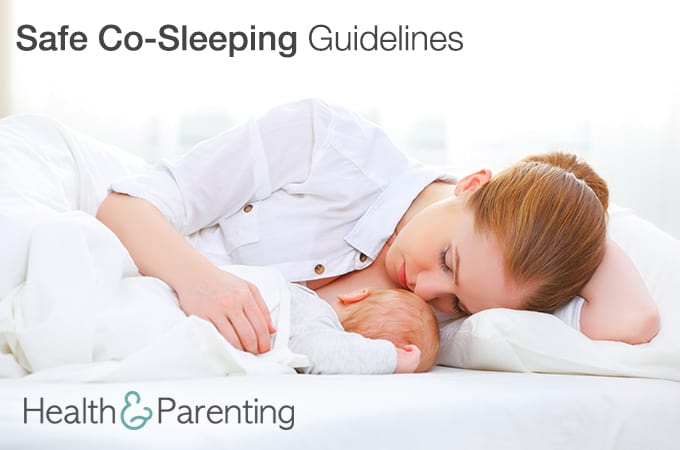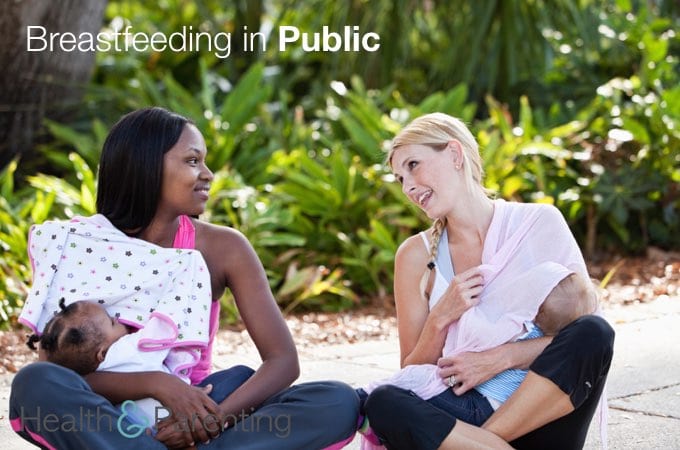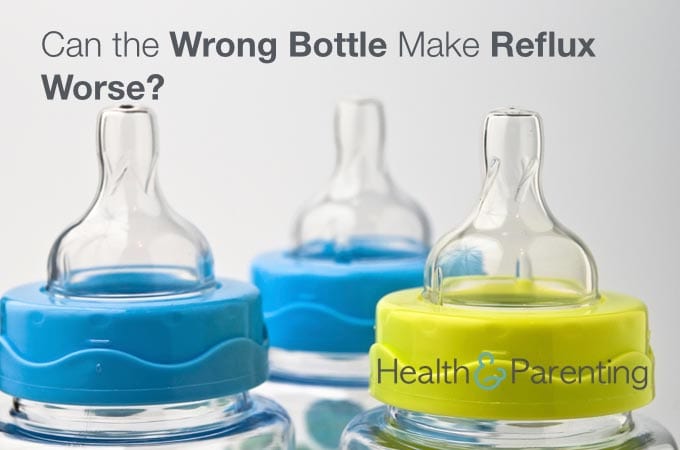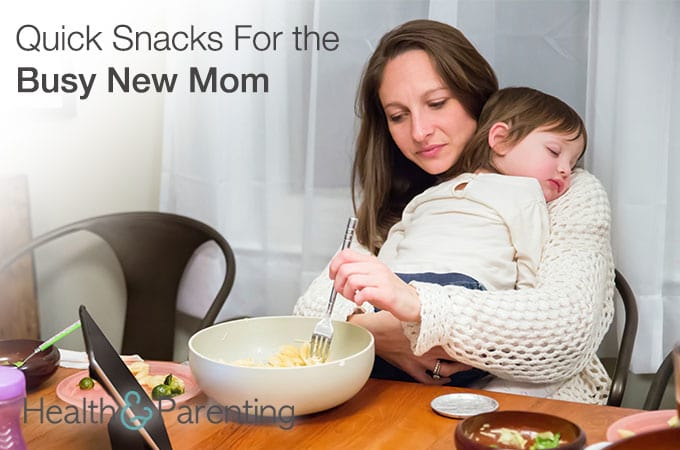Being a new mom is wonderful, special, exhausting and unlike anything else. You are probably still walking on air from the intense power of the love you feel for your newborn. Whilst at the same time, you are tired to the point of breaking, and feel like emotional wreck.
Here are seven tips for new moms, to make those first few weeks more manageable:
- Rest when you can – everyone says this, but not all new mothers do it. You should try to rest as often as you can. There is no shame in daytime napping, in fact it’s pretty much mandatory during maternity leave. The most important thing is that you and baby are healthy, so stop worrying about the laundry, and get yourself tucked in. Can’t sleep? At least get horizontal!
- Eat healthily – for the first few days at least, this means eating as much fibre as you can stomach. Dried apricots, high bran cereal, and plenty of fruit and veggies to help you avoid the postpartum curse of constipation. Constipation can soon lead to hemorrhoids, neither of which are what you want when you’re trying to adjust to motherhood, breastfeeding and sleep deprivation. It’s easy to snack on biscuits throughout the day, and neglect eating full meals as a new mom. If you’re struggling to find the time to cook, try snacking on nuts, fresh fruit and vegetables instead of reaching for unhealthy convenience foods.
- Quench your thirst – water will help to fight constipation, and will keep you hydrated. If you’re breastfeeding, you may find yourself feeling especially thirsty so be sure to increase your water intake.
- Ignore the housework – obviously you don’t want to raise your newborn in a pigsty, but that doesn’t mean the house needs to be spotless. It doesn’t matter if you have a few dirty dishes waiting in the sink, a few loads of laundry waiting to be done or a bit of clutter in the living room. What matters is that you’re making the most of this time to bond with your baby. You won’t look back in the future and regret taking time out from real life to cuddle your newborn baby.
- Ask for help – asking for help doesn’t mean you’re a failure, or lazy or struggling to cope – it means you’re normal. Ask your mother-in-law to bring a precooked meal over, ask your brother to clean the bathroom and see if your best friend would pick up some groceries on her way over. There’s a reason people keep offering to help, it’s because they want to make your life easier – so let them.
- Give yourself a break – you’ve just created the most wonderful person ever to exist, don’t beat yourself up too much about the house being a mess or about being in your nightgown at 3pm. Don’t waste time feeling guilty or worrying, just enjoy this once in a lifetime period with your teeny tiny newborn.
- Capture it – take as many videos and photos as you can, you will love looking back on them in years to come. Even the mundane moments will be special to look back on; the cuddles, the giggles and the little smiles. Capture as much of their childhood as you can.
Do you have any words of advice to help new moms settle into their new roles?
Written by Fiona, proud owner of a toddler, @fiona_peacock
This information is not intended to replace the advice of a trained medical doctor. Health & Parenting Ltd disclaims any liability for the decisions you make based on this information, which is provided to you on a general information basis only and not as a substitute for personalized medical advice. All contents copyright © Health & Parenting Ltd 2016. All rights reserved.




